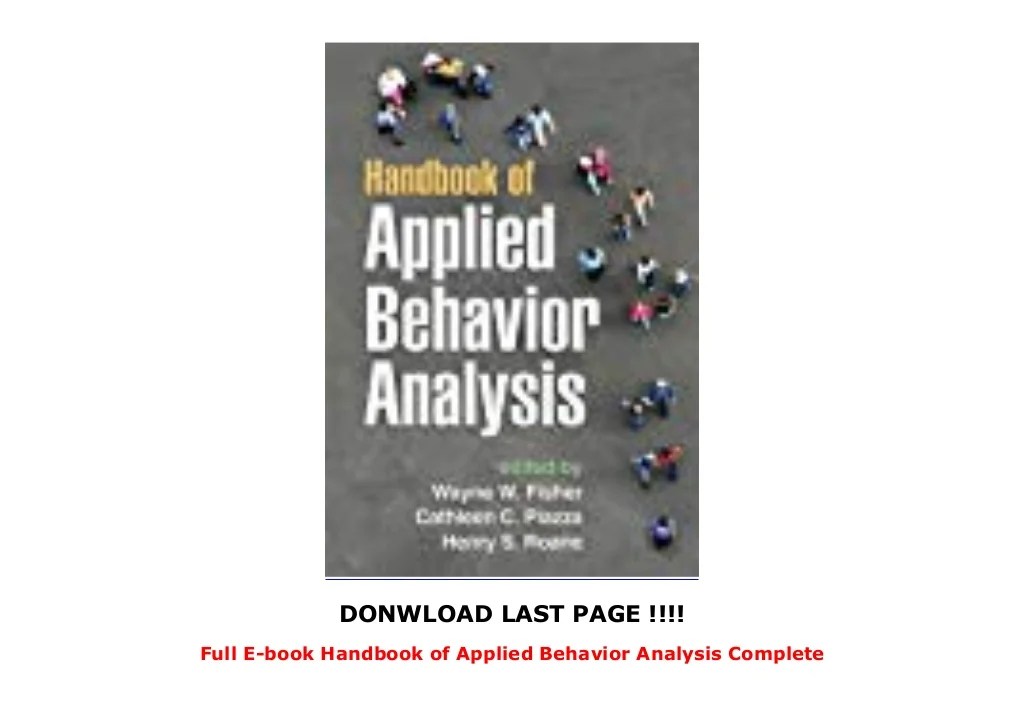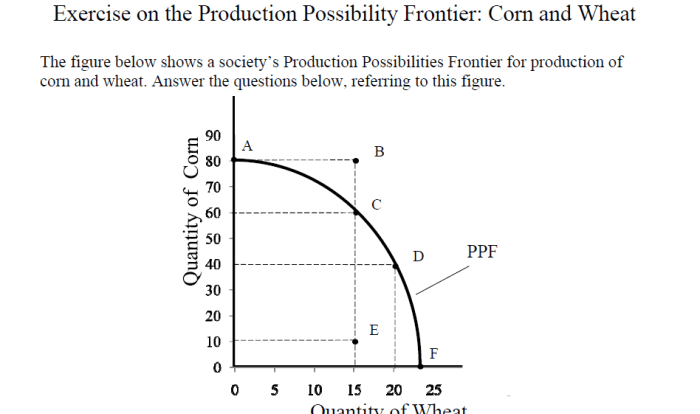Applied behavior analysis for teachers 10th edition – Welcome to the tenth edition of Applied Behavior Analysis for Teachers, the definitive guide to understanding and implementing ABA principles in the classroom. This comprehensive resource provides educators with the knowledge and skills necessary to effectively address student behavior and academic performance.
Through a detailed exploration of ABA principles, assessment techniques, intervention planning, data collection, and ethical considerations, this book empowers teachers to create a positive and supportive learning environment for all students.
Overview of Applied Behavior Analysis (ABA)

Applied Behavior Analysis (ABA) is a scientific discipline that applies the principles of learning and behavior to improve socially significant behaviors. ABA focuses on observable and measurable behaviors, and uses techniques based on reinforcement and punishment to change behavior.
ABA has a long history, dating back to the early 20th century. The principles of ABA were first developed by Ivan Pavlov, who studied classical conditioning, and B.F. Skinner, who developed operant conditioning. ABA has since been used in a variety of settings, including schools, clinics, and homes, to improve the behavior of children and adults with a variety of disabilities.
ABA is based on the following principles:
- Behavior is learned.
- Behavior is influenced by its consequences.
- Behavior can be changed by changing its consequences.
ABA is an ethical discipline. ABA practitioners are required to follow a code of ethics that includes obtaining informed consent from clients, protecting client confidentiality, and avoiding harmful or aversive procedures.
Principles of ABA for Teachers
ABA can be used to improve student behavior and academic performance in a variety of ways. ABA techniques can be used to:
- Increase positive behaviors, such as attending to tasks, completing assignments, and following directions.
- Decrease negative behaviors, such as tantrums, aggression, and disruptive behavior.
- Teach new skills, such as reading, writing, and math.
- Improve social skills, such as interacting with peers and adults.
Some common ABA techniques that teachers can use in the classroom include:
- Positive reinforcement: Rewarding students for desired behaviors.
- Negative reinforcement: Removing or avoiding unpleasant consequences for desired behaviors.
- Punishment: Delivering unpleasant consequences for undesired behaviors.
- Extinction: Ignoring undesired behaviors.
- Shaping: Gradually reinforcing closer and closer approximations of a desired behavior.
ABA techniques should be used in a systematic and consistent manner. Teachers should work with a qualified ABA professional to develop an individualized behavior plan for each student.
Assessment and Intervention Planning

Assessment is an essential part of ABA. Assessment helps to identify the target behaviors that need to be changed, and to develop an intervention plan that is tailored to the individual needs of the student.
There are a variety of different types of assessments that can be used in ABA, including:
- Behavioral assessments: These assessments focus on observing and recording the student’s behavior.
- Functional assessments: These assessments help to identify the function of the student’s behavior.
- Curriculum-based assessments: These assessments measure the student’s academic progress.
Once the target behaviors have been identified, an intervention plan can be developed. The intervention plan should be based on the principles of ABA, and should be tailored to the individual needs of the student.
Implementation of ABA Interventions
Collaboration between teachers and other professionals is essential for the successful implementation of ABA interventions. Teachers should work with a qualified ABA professional to develop and implement the intervention plan.
There are a variety of different types of ABA interventions that can be implemented in the classroom, including:
- Individualized instruction: This type of instruction is tailored to the individual needs of the student.
- Group instruction: This type of instruction is provided to a group of students who have similar needs.
- Behavior management plans: These plans are designed to manage the student’s behavior in the classroom.
- Social skills training: This type of training teaches students how to interact with others in a positive and appropriate manner.
ABA interventions should be implemented in a consistent and systematic manner. Teachers should monitor the student’s progress and make adjustments to the intervention plan as needed.
Data Collection and Evaluation
Data collection is an essential part of ABA. Data collection helps to track the student’s progress and to evaluate the effectiveness of the intervention plan.
There are a variety of different types of data that can be collected, including:
- Behavioral data: This data measures the student’s behavior.
- Academic data: This data measures the student’s academic progress.
- Social data: This data measures the student’s social skills.
Data should be collected on a regular basis. The data should be analyzed to identify trends and to make adjustments to the intervention plan as needed.
Ethical Considerations in ABA for Teachers
Teachers who use ABA have a responsibility to follow ethical guidelines. These guidelines include:
- Obtaining informed consent from clients.
- Protecting client confidentiality.
- Avoiding harmful or aversive procedures.
Teachers should also be aware of the potential for bias in ABA. Bias can occur when the teacher’s personal beliefs or values influence the way they implement ABA interventions.
Quick FAQs: Applied Behavior Analysis For Teachers 10th Edition
What are the key principles of Applied Behavior Analysis?
ABA is based on the principles of reinforcement, punishment, and extinction, which are used to shape and modify behavior.
How can ABA be used to improve student behavior?
ABA techniques can be used to increase positive behaviors, decrease negative behaviors, and improve social skills.
What are the ethical considerations in using ABA?
Teachers must ensure that ABA interventions are used in a way that is respectful, non-aversive, and in the best interests of the student.
